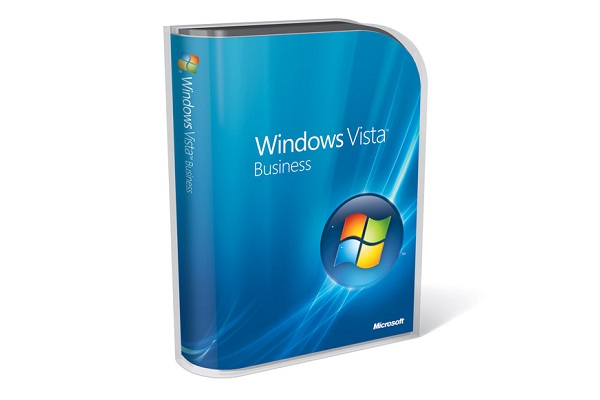Microsoft Windows Vista review
Window's XP's replacement is finally here. We delve deep into the new OS to see if it's worth upgrading?

It's by no means perfect, but the improved security, search and look-and-feel make Vista an obvious upgrade for anyone whose hardware will support it. But only if you can afford the high price.
User folders
All the patronising "My" prefixes have been dropped from user folders, replaced with the concept of User and Public files. There's also been an overdue rearrangement of the default hierarchy: the user's "Home" folder, named after your user account, contains Documents, Music, Pictures and Videos folders, as well as per-user Desktop and Favorites folders. New to Vista are Downloads, Contacts (holding .contact files), Links (with the shortcuts used in the Favorite Links pane), Searches (for Saved Searches) and Saved Games. It's a welcome attempt to rationalise things, and makes previously hidden-away data more accessible for transferring or backing up - assuming that applications take advantage of the new structure.
Each one of these "special" folders is location-independent, with a Properties tab allowing you to move them elsewhere, either locally or on a network. It's a great feature, but not very robust: you can't move the root user directory, for example, which would have been a great way of rapidly setting up an OS-independent file store. It's also easily confused, and can end up losing the links altogether if you're not careful. Worst of all, using network locations invokes Vista's Sync Center to try to keep a copy available for offline use (not helpful for a music server, for example), and it can easily all get rather complicated. It should be friendlier than this.
Sidebar and Gadgets
The Windows Sidebar has been something of a motif for Vista since the early days of Longhorn. Its final implementation is comparatively modest, acting as a docking bar for Gadgets - small, generally single-purpose applications that can also be free-floating on the Desktop. Some Gadgets come pre-installed, with the more functional including a clock, weather information, a picture frame and Post-It-style notepad.
Sidebar is enabled by default and, providing they have enough Desktop space, we're sure most people will keep it active. The RSS reader is particularly useful and, while the clock and weather Gadgets are hardly revolutionary, they're both worth keeping.
At launch, however, Sidebar was a little buggy. The RSS feeder didn't update automatically on one of our sample PCs, while the whole Sidebar proved to be a memory hog on another.
Sign up today and you will receive a free copy of our Future Focus 2025 report - the leading guidance on AI, cybersecurity and other IT challenges as per 700+ senior executives
-
 Trump's AI executive order could leave US in a 'regulatory vacuum'
Trump's AI executive order could leave US in a 'regulatory vacuum'News Citing a "patchwork of 50 different regulatory regimes" and "ideological bias", President Trump wants rules to be set at a federal level
By Emma Woollacott Published
-
 Microsoft Excel is still alive and kicking at 40 – and it's surging in popularity as 82% of finance professionals report ‘emotional attachment’ to the spreadsheet software
Microsoft Excel is still alive and kicking at 40 – and it's surging in popularity as 82% of finance professionals report ‘emotional attachment’ to the spreadsheet softwareNews A recent survey found Gen Z and Millennial finance professionals have a strong “emotional attachment” to Microsoft Excel
By Emma Woollacott Published
-
 LastPass hit with ICO fine after 2022 data breach exposed 1.6 million users – here’s how the incident unfolded
LastPass hit with ICO fine after 2022 data breach exposed 1.6 million users – here’s how the incident unfoldedNews The impact of the LastPass breach was felt by customers as late as December 2024
By Emma Woollacott Published